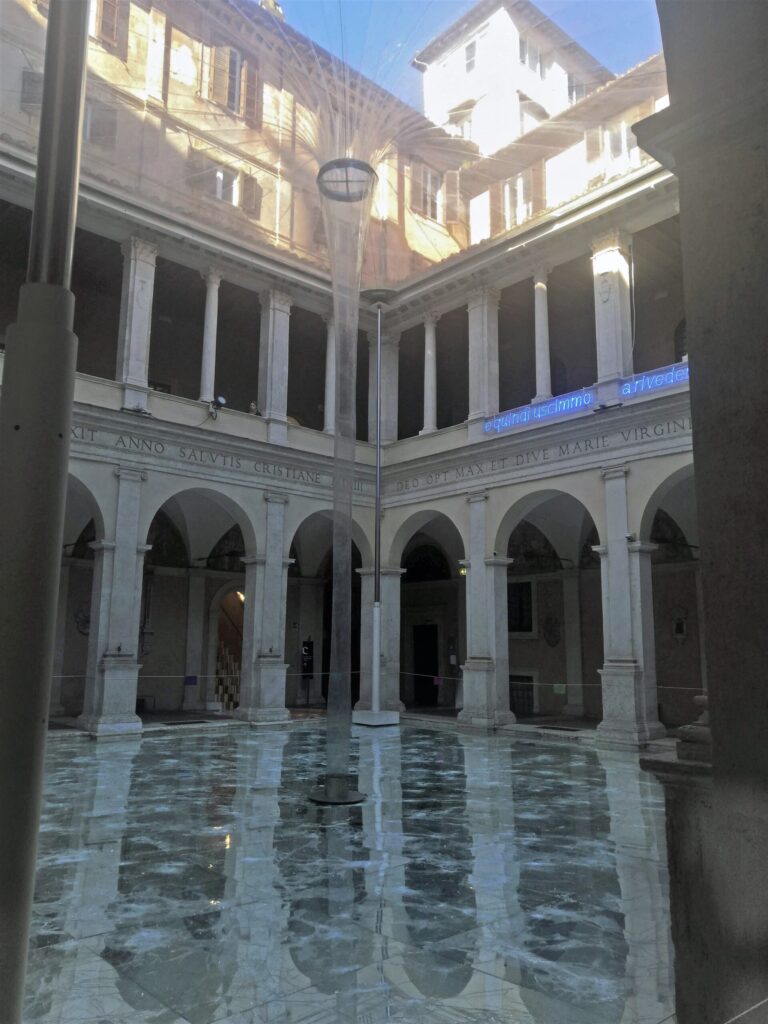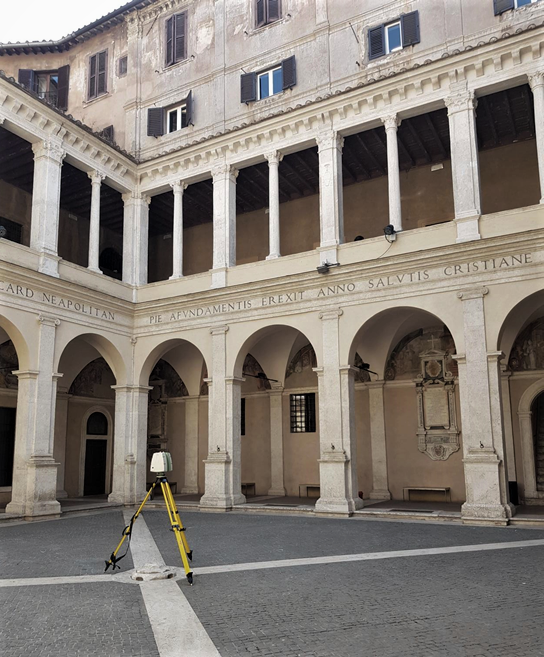The application phase of the HBIM4lazioHERITAGE project kicks off, which aims to develop a prototype of an integrated information system that uses the potential of Heritage Building Information Modeling (HBIM) in order to improve activities related to the maintenance, conservation and management of architectural complexes and archaeological sites in Lazio.
The project is a collaboration between CNR ISPC's BHiLab as lead partner and the Department of History, Design and Restoration of Architecture (DSDRA) of Sapienza University of Rome.

The goal is to create an HBIM platform capable of producing a structural coupling between the 3D model of a cultural site and the set of data that characterizes it, integrating and refining tools developed by the project partners.
Case studies of HBIM4lazioHERITAGE are museums and cultural sites intended for the display and dissemination of cultural heritage including through events, exhibitions, temporary or permanent displays, events, etc.
These include the monastery of Santa Maria della Pace and the Chiostro del Bramante in Rome.
In detail, the challenge of the research program is to make the Chiostro del Bramante in which the DART Museum of Art is housed, a 'smart' museum, improving through the latest technologies the management system of the building and its facilities, enriching the visitor experience and increasing the impact that this extraordinary complex can have on society.
To this end, last Feb. 23, the research team coordinated by Elena Gigliarelli, a CNR ISPC researcher and head of BHilab, carried out a systematic survey of the current state of the museum spaces and galleries to assess, with the facility's managers and technicians, what functional performance and exhibition and visitor needs are to be optimized.

HBIM4lazioHERITAGE project: case study, Chiostro del Bramante, Rome | © BHiLab, CNR ISPC

The project will collect all the documentary information and data monitored in the field which will be integrated into an HBIM information model, built through an integrated geometric survey already started in recent months.
The HBIM4lazioHERITAGE project is co-financed by the Lazio Region and the European Union as part of the public notice "Research Group Projects 2020" in response to the POR FESR 2014-2020 call for the specialization area of the Regional Smart Specialization Strategy (S3) " Cultural heritage and cultural technologies".
